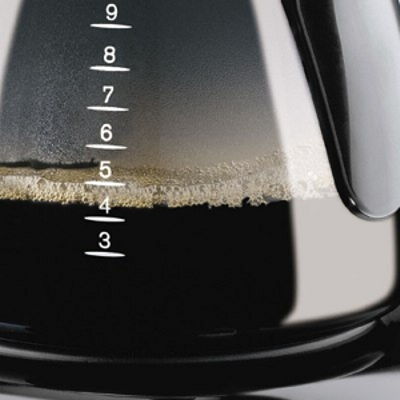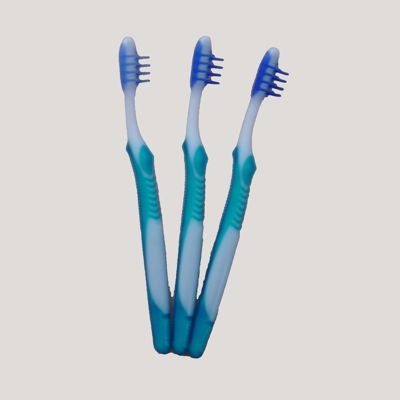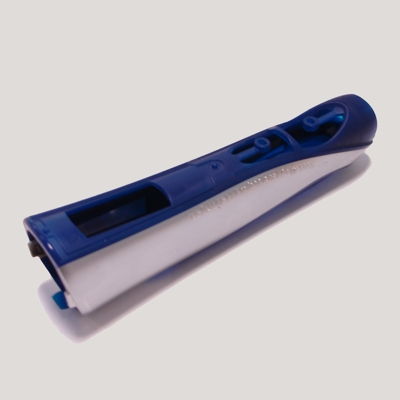 In the consumer goods industry production without automation is no longer conceivable.
In the consumer goods industry production without automation is no longer conceivable.
Ever greater application rates, an increasing product quality and a reduction in unit costs can be realized in the long term only by automation.
With its business units assembly-, handling- and palletizing technology the FLG Automation AG is also represented as a supplier in many areas of the consumer goods industry with machinery and equipment in use.
Palletizing of toothbrushes
Here you can see how toothbrush blanks are taken from 600 x 400 mm tray and how they are inserted into a discontinuous belt.
In the buffer mode, the system takes toothbrushes from the discontinuous belt and places them in empty supplied trays.
The selection of the operating mode is via the front panel of the system.
The providing of the trays takes care by a buffer belts. With the loading elevator system the uppermost tray is separated from the pile, placed on the X axis and then it is clocked by row by a transport sledge under the Y axis.
The brush tubes are removed from the tray and placed in the subsequent clock band.
After unloading of the trays this is taken over by a unloading elevator system, unstacked and then transported outside of the palletizer by the discontinuous belt.
The conveyor belt for the workpiece transport is integrated within the palletizer system.
For loading or unloading handling (Y-axis) there are used a NC servo axis with lateral guide elements. The 5-piece gripping handling is mounted on a pneumatic Z-axis and is rotatable by 90 °.
Assembly machine for electric toothbrushes
Housing parts of an electric toothbrush, in wich viewing window ae caulked are passed to the assembly station. The individual assembly steps, separating the sprue, add the parts and further test steps carried out on a rotary indexing table.
The function of the housing parts
The task of the housing parts is carried out manually. Therefor a worker puts each 2 parts into the recording. The rotary indexing table is started with a 2-hand activation.
A pick and place handling takes out the two housing parts lying horizontally and rotate them by 90 degrees with the gate down on the contour plot of the separating tool.
During the separation process, the two housing parts are held with the handling grippers and then placed back into the receiving positions.
The separated angus parts fall into a container.
An adjustable sensor is checking if the gate was separated.
The windows are supplied in pairs via a SPEED-Line palletizer to the plant.
In addition, the palletizer is loaded with up to 22 trays in a trolley. In the palletizer, the trays are separated and line by line clocked by a handling axis through.
An on-the handling axis fixed double grip system takes two windows by means of a vacuum suction. The individual grippers are driven during the procedure on 80 mm apart and stored in an intermediate station and then they are fixed.
The parts are then resumed and stored in the moving part of the assembly cell.
The traversing unit adds the window to the housing. This is pressed by a pressing unit in the rotary indexing table recording. The windows are fixed to a holder on the housing.
Caulking windows
The housing and positioned windows are connected by four individually guided and regulated hot puttogether units with each other.
Subsequently, the mounted window be verified by two adjustable sensors.
Gore membrane inserting into housing
About a feeder bowl with a twofold separation plant gore membranes are provided. A pick and place handling with suction cups picks up the membranes and puts them on insertion units.
About cylinders, the membranes are pressed into the housing. The membranes are kept sprung for joining.
Then also a review of the membranes used takes place.






